- Joined
- Jan 30, 2016
- Messages
- 8,993
- Reaction score
- 3,518
Yay, Intel has to compete in at least some segments again! Progress for everyone.

I've seen an analysis of the comparative AMD/Intel architectures and the only place AMD won't be a major competitor with Intel is in massively parallel supercomputers. In every way they've aimed squarely at Intel's most profitable market segments. Also, even the very capable AMD motherboard chipsets are supposed to be in mobos that are cheaper than current Intel ones most likely due to Intel price gouging there, too. Finally, the new AMD GPUs appear to be real winners.Yay, Intel has to compete in at least some segments again! Progress for everyone.
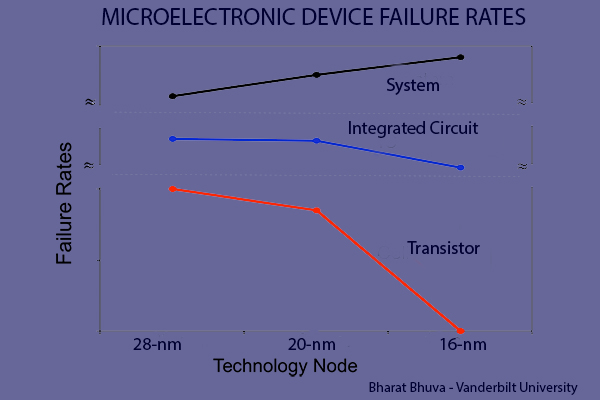

When I went to engineering school it was fairly common to do integration and differentiation using op-amps.
The lab for my control systems course was all with analog computers. We worked in teams of three. We had one guy that was a whiz at deriving the control equations, and I wasn't half bad at that eigher. That guy couldn't patch the computer panels to save his life though. I could fly through the patch panels. The third guy was f'n useless for anything, but he shared the grade, of course.
Heathkit had an analog computer kit in the '60's. Would be cool to find one of those.
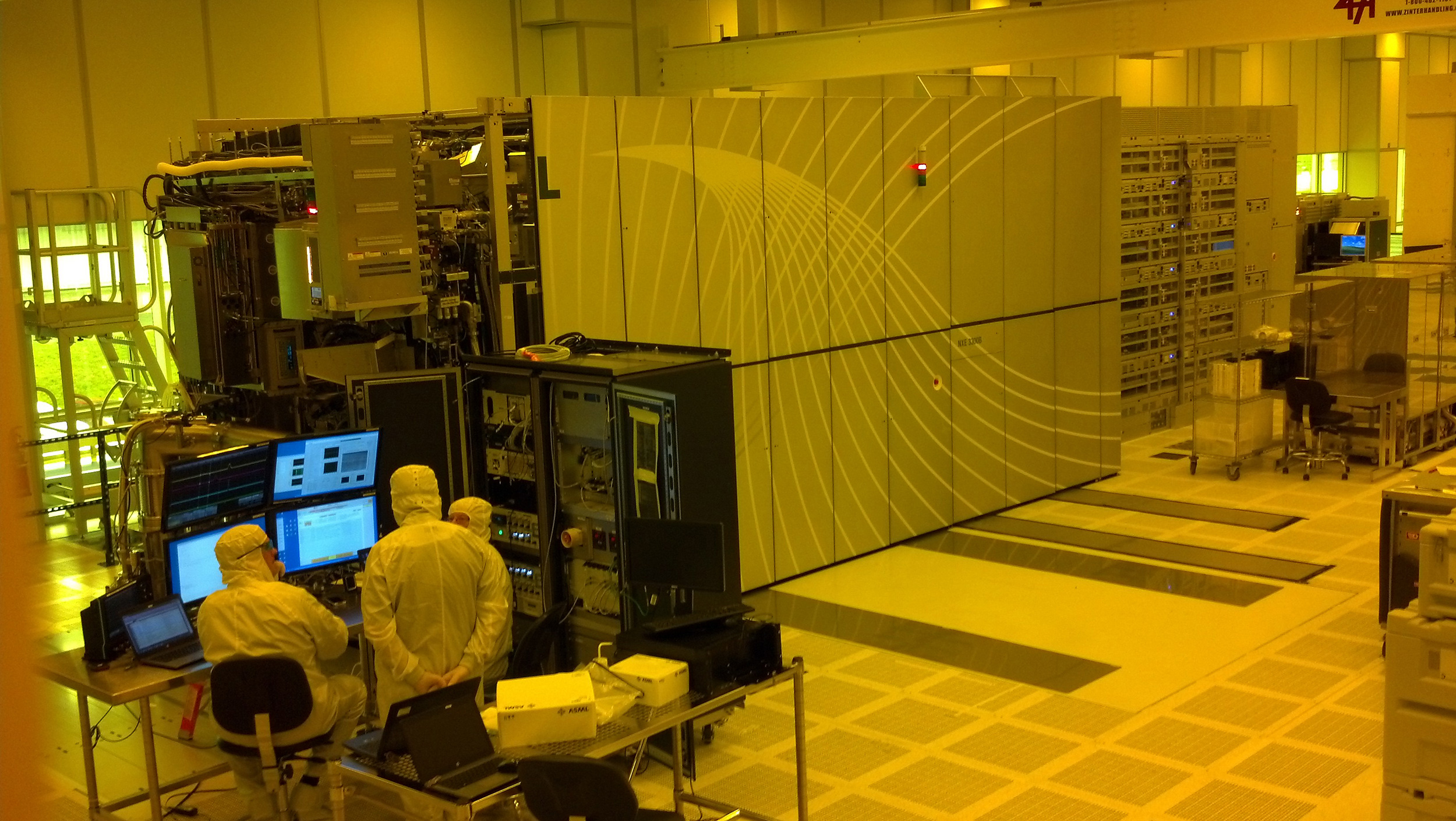
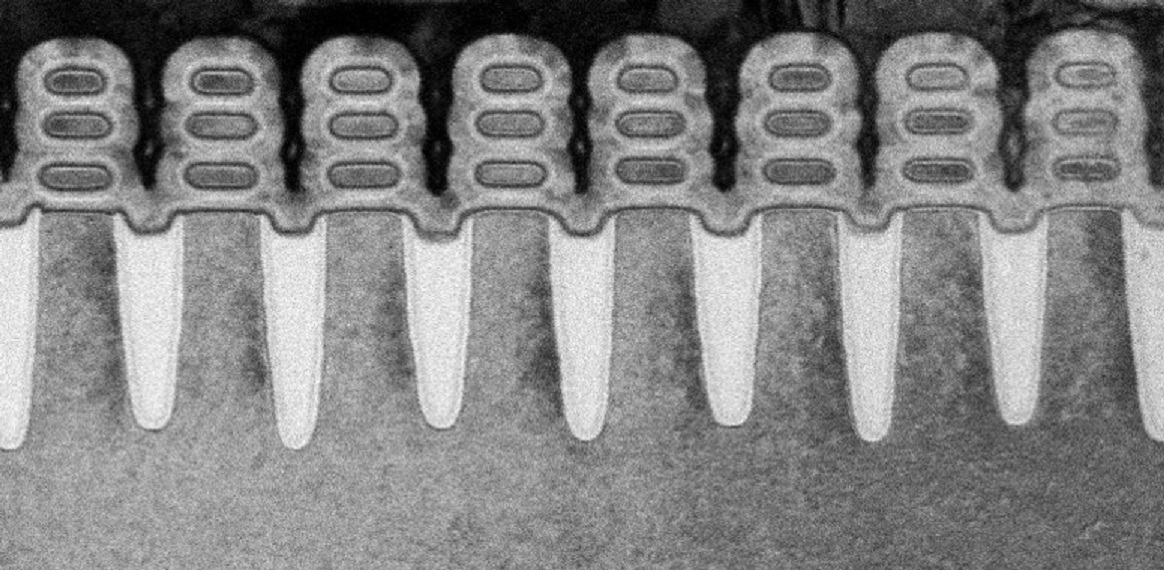
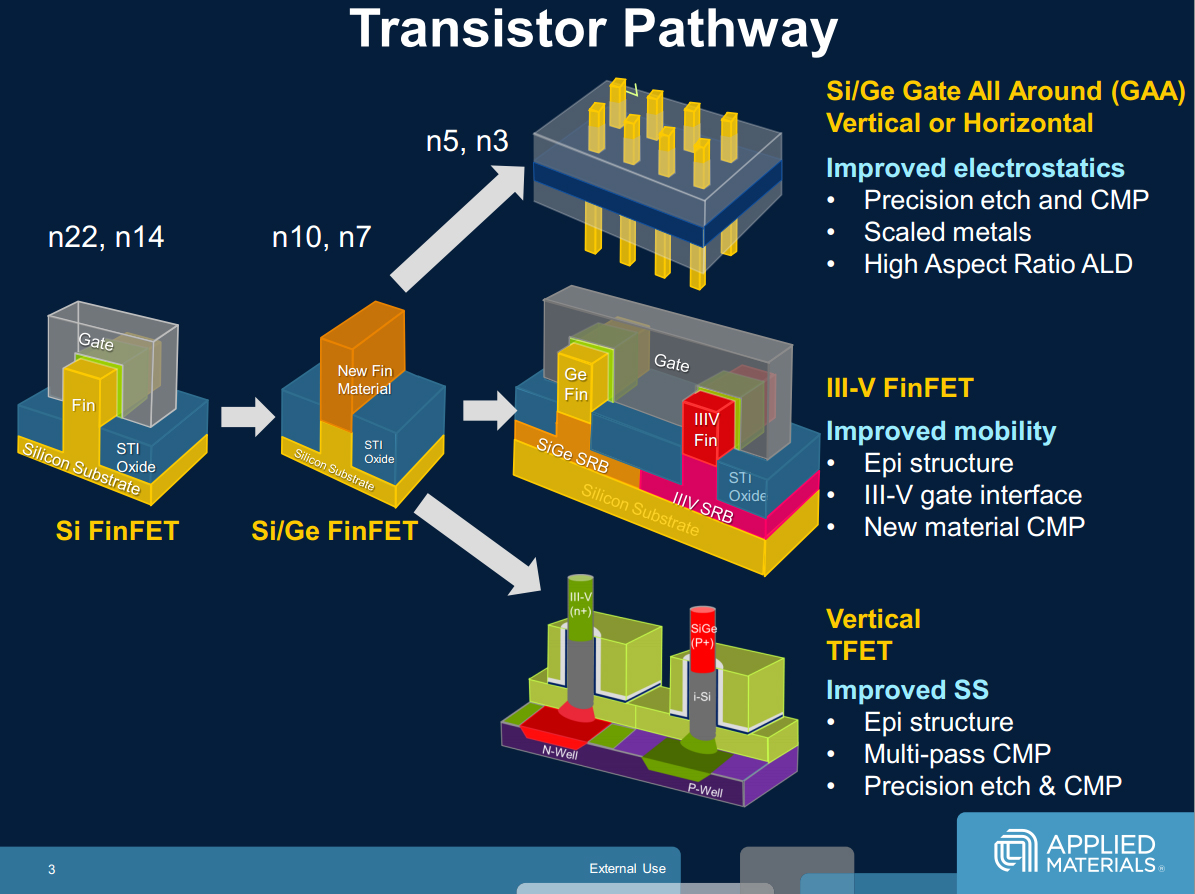
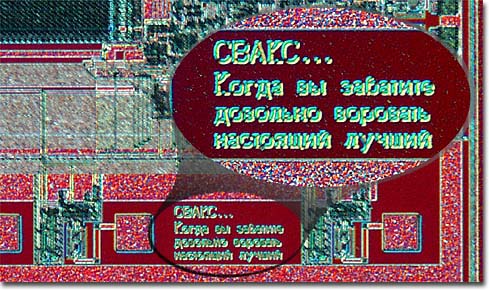
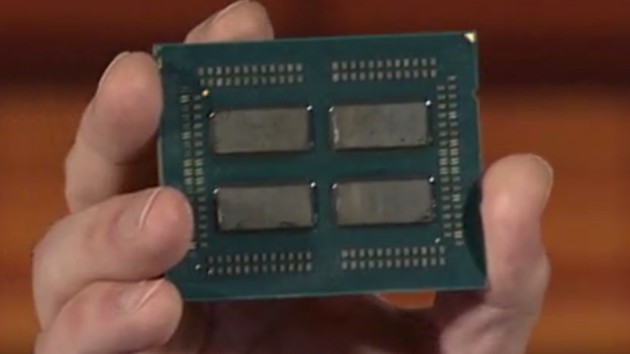

Looks like it's time for me to finally upgrade to the AM4 socket from the AM3 I'm using with an Athlon II X4. I don't really need to since I'm not a PC gamer, but some CAD software I use will run faster, not that it's cripplingly slow right now anyway. Before buying, I'm going to wait for BIOS optimizations/debugging on the AM4 motherboards, a process which looks to be well underway. The mobo manufacturers say the problem with early BIOS versions is due to the fact that AMD was too secretive prior to the Ryzen and AMD mobo chipset release.Reminds me of when AMD went hypertransport but Intel was still stuck on frontside bus.
Sure, QPI came along and evened things up a bit but a quad-quad AMD board could do things not achievable by Intel at the time (and now that all fits in a single socket).
Exactly on both points. Fanboys on either side confuse me. Who wants to watch, say, a sporting event with only one team? And Intel's track record should mean a very close eye should be kept on them.Yay competition! Hopefully the regulators pay closer attention for underhanded tactics this go-round.
I'm still running a (much later) Athlon II X4 @ 2.6 GHz myself. That was the last AMD architecture which had a major price performance advantage without a huge watt dissipation. I haven't upgraded due to no real need for it and out of a hope to eventually support AMD once again through a purchase if and when they became competitive with Intel again simply because I believe in the need for competition.The Athlon all over again!
I bought a 500MHz Slot-A Athlon when they first came out and had it overclocked to 700MHz. That was fast back in tha day.
Enter your email address to join: